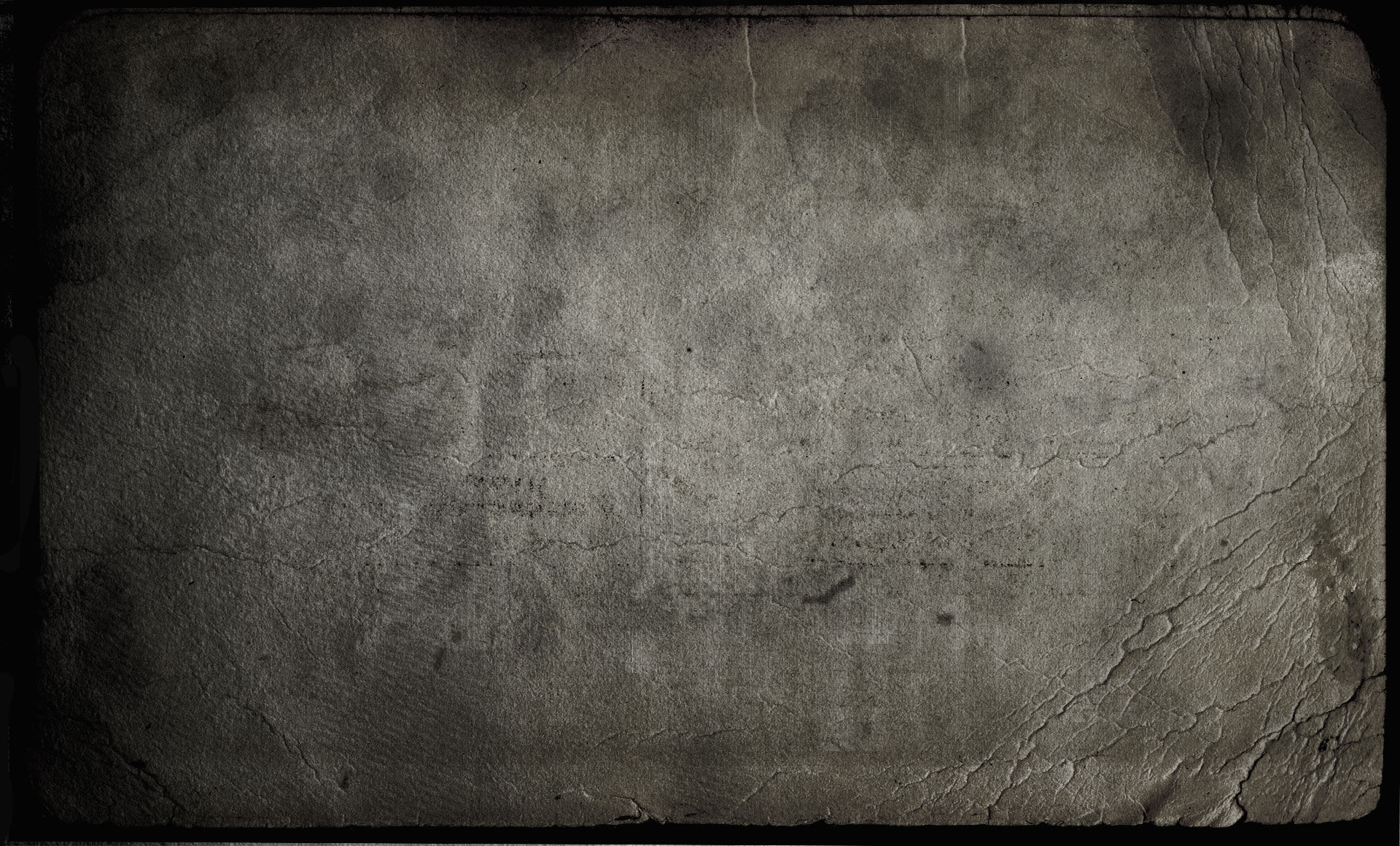GUSTAVO JOBIM: Manifesto (2013)
- Sylvain Lupari
- Jun 12, 2013
- 4 min read
Updated: Aug 2, 2020
“Difficult to tame, Manifesto is an album where the beauty hides in its approach of oddities and sometimes of its iconoclastic insanity”

I. The Disquieting Muses 2:14
II. Biomekanik 4:13
III. The Spell 7:29
IV. Origin of the Obsessions 8:02
V. We Atomic Children 3:30
VI. The Mystery of San Gottardo 2:55
VII. At the Bottom of the Shaft 9:49
I. Hallucination by the Seashore 6:13
II. Living in the Light of the Immortal Worlds 9:30
III. The Eleventh Hour 2:18

IV. Apparition of the Ghost of Erik Satie 3:04
V. The Flock of Birds 4:04
VI. Iconoclast's Despair 2:30
VII. Eternal Sorrow 9:58
(DDL 75:57) (V.F.)
(Ambient, dark and experimental EM)
In the firmament of independent artists who produce some very good music, a well made and well mixed music, you should not forget Gustavo Jobim's name who can give a lecture to so many artists who emerge on well know labels. MANIFESTO is his 11th opus. Divided into 2 parts, like a double album, with 7 tracks for each part, MANIFESTO is inspired by the life of two artists who had an influence on the artistic vision of the Brazilian synthman; the Swiss painter H.R.Giger, to whom we owe the ET-monster of Alien, and the Brazilian poet Augusto Dos Anjos. It's an intense work. Difficult to tame but splendidly put in music, where the madness is hide behind every second. An album mainly of ambiences. Dark, intriguing and anguishing ambiences where the phases of rhythm unfold to lose breathe on lines of synth to tones of Synergy and old organs of darkness.
The Disquieting Muses opens the ball of insanity with a synth line crushed by choirs to the chthonian hummings. And such as a plasmatic regurgitation, this synth line subdivides its fears with ghostly tones of old organ which float among these voices became composite where the opaline tints get muddled up to more ethereal breaths in an intro as so ambient as dark. We would run against death that it would be as in Biomekanik. The rhythm is delirious and engenders chaos with a meshing of sequences, pulsations and wooden percussions which runs to lose breath under the laments of a vampiric organ and of a synth which moves closer to the surreal atmospheres of the album to Cords from Synergy. Intense and hard-hitting, that destabilizes the hearing. Brilliant! The Spell brings us back in the universe all in contrast of this album with a long ambient phase which breathes on an oceanic background music where we hear the bubbles of oxygen gurgle through an entanglement of lines to the sibylline tones which quietly permute into some organ tones of an occult cathedral. I would run against madness that it would be like in Origin of Obsessions. After some sound waves which tear the blackness of their anfractuous blades, the rhythm settles down. Black and heavy, it pounds of its stormy oscillations to flee an avalanche of synth lines of which the quirky and shrill tones condemn the madness as being the last rest. After its thunderous call to madness, We Atomic Children establishes a climate of discomfort with its black pulsatory lines which float and interlace on a Mephistophelian dialect. The Mystery of San Gottardo suggests a tormented melody with a piano, at first glance rather melodious, which isolates itself in an alienating zone. At the Bottom of the Shaft ends the first part of MANIFESTO with a long phase of dark ambiences which flows through a synth and of its grave, droning lines and delicate fluty bouquets.
Hallucination by the Seashore begins the 2nd part with a structure of rhythm which makes jump its keys shapers of rebel rhythms in a fascinating symphony for steps lost in oblivion. The rhythm is bubbling in its static approach, knocking off a melody which seeks for support over the delicate and very discreet synth lines. Living in the Light of the Immortal Worlds is a long ambient passage where synth lines squeak in unison into some enveloping chthonian choruses. Not more given rhythm but livened up of undulating synth layers to tones of old organ, The Eleventh Hour throws its waves of agony which roll in the ear like a caress on the back of a penniless. It's as much intense as deeply moving, even if very black. The piano of Satie can be as beautiful as violent and tormented, Gustavo shows it on Appearance of the Ghost of Erik Satie which offers a very beautiful 2nd portion before make jostle its notes in The Flock of Birds which adopts effectively the social life of a flock of bird with their innocence and their fears. And then the piano becomes source of madness on Iconoclast's Despair which wears marvellously the sense of its title. Eternal Sorrow is ending MANIFESTO in two parts. If the first one is intense of its black and morphic synth veils, the second one plunges us into the cave of a dishevelled structure which honors the black, sibylline and convoluted ambiences which overhang an album where both inspirations of Gustavo Jobim feed on a vision of torment, even of anxiety.
MANIFESTO is not for all ears. It's an album where the beauty hides in its approach of oddity, and sometimes iconoclastic, insanity. But the atmospheres are enveloping. Very enveloping. And the music is breathing of these adventurous synths that Larry Fast tortured in his first Synergy albums. I like. It's like reading an old story Edgar Allan Poe on the end of your buttocks so much we are on the edge.
Sylvain Lupari (June 12th, 2013) ***½**
Available at Gustavo Jobim Bandcamp

Comments